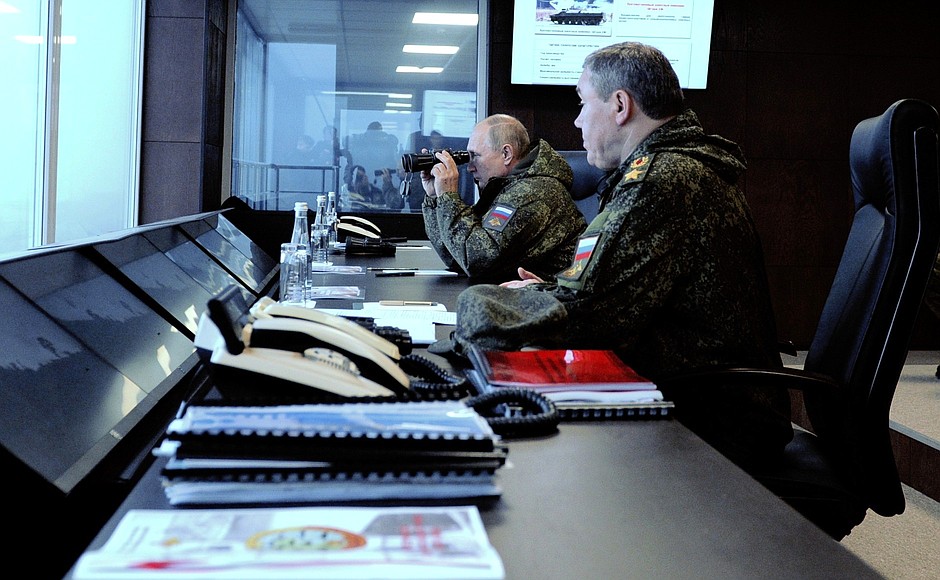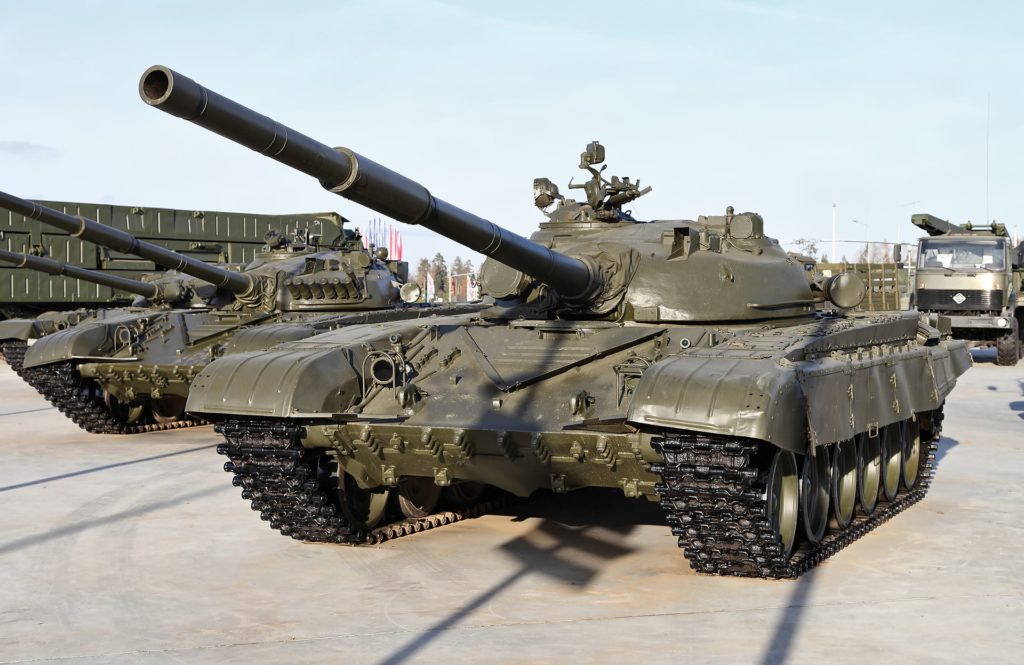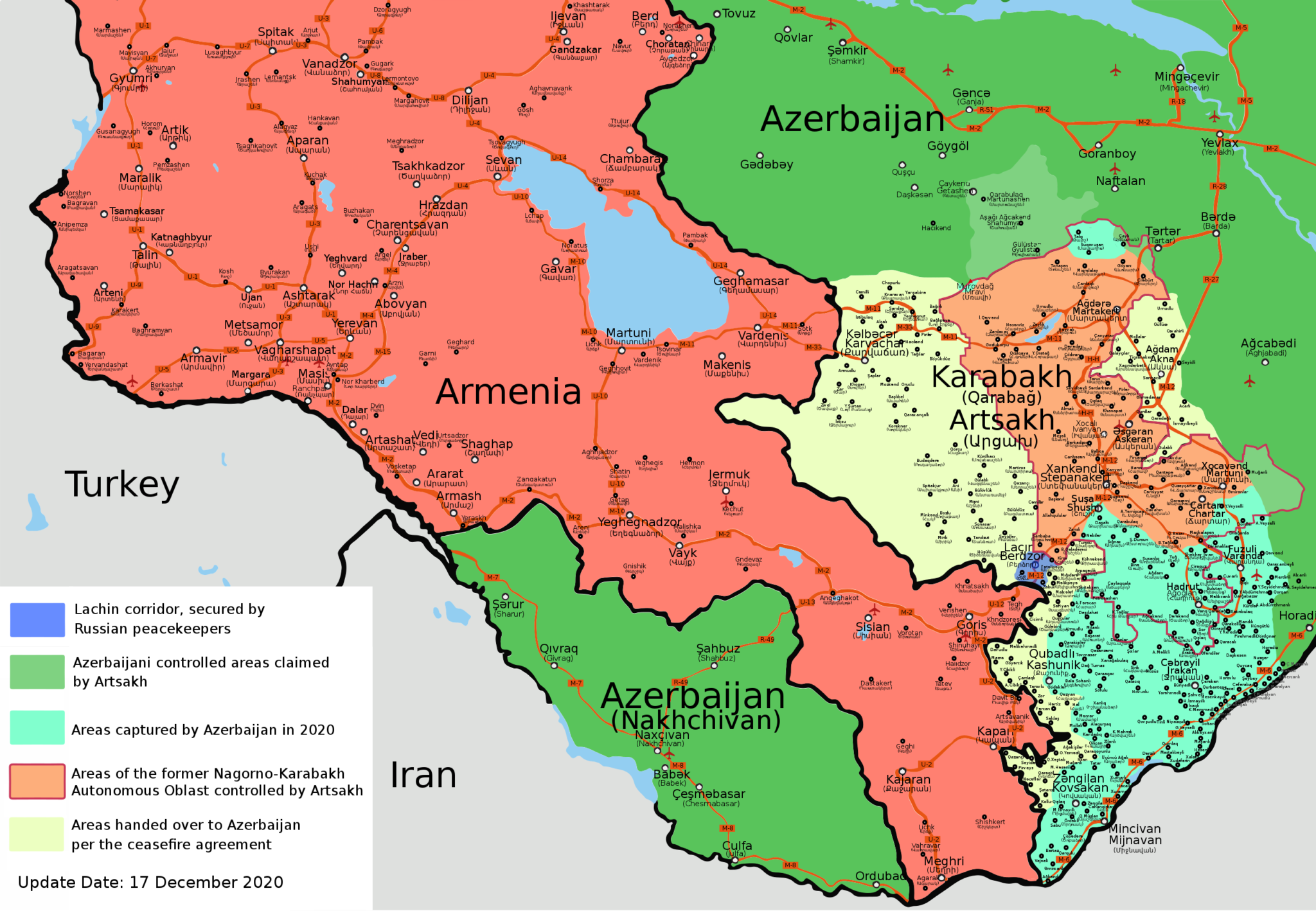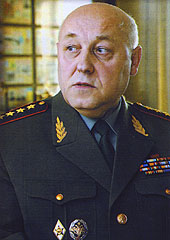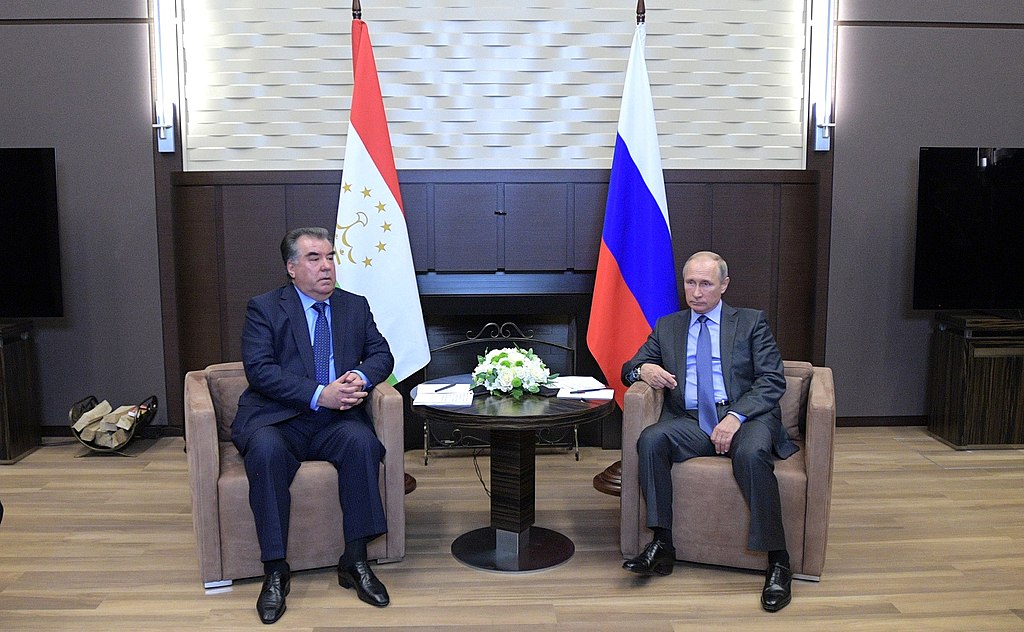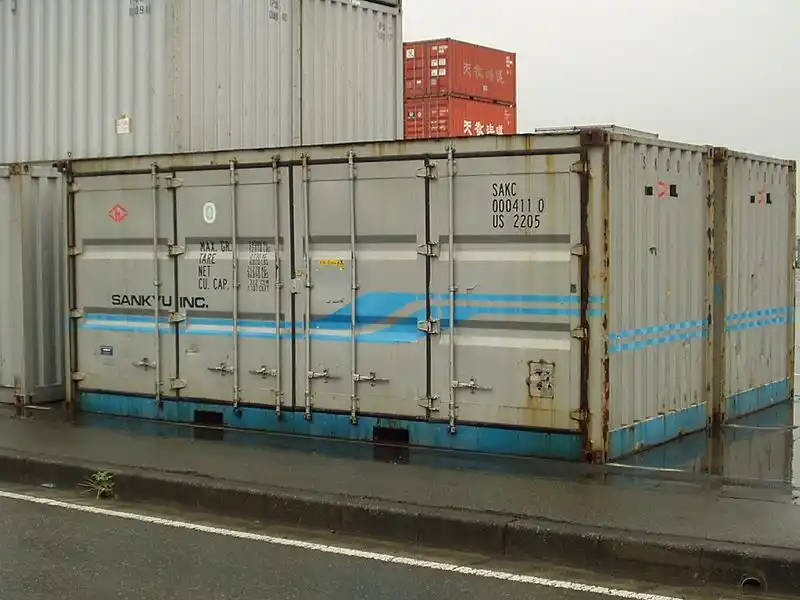
Shipping Containers.
For the defense of Russian combat and auxiliary ships, an electronic warfare (EW) system is being developed. The EW system will be placed in ordinary 40-foot shipping containers.
The accompanying excerpted article from pro-Kremlin daily newspaper Izvestiya describes Russian efforts to place electronic warfare systems in standard 40-foot shipping containers. The Russian Navy is also experimenting with other shipping container-based weapon systems involving air defense, anti-ship, and surface and underwater unmanned reconnaissance capabilities. These shipping container-based weapon systems are not only intended to augment the capabilities of the Russian Navy’s ships, but also auxiliary ships (tugboats, transports, fuelers, etc.) that support the Russian Navy, and commercial ships if necessary. Shipping container-based weapon systems are likely to become more important to the Russian Navy as it transitions from larger ships, such as cruisers and destroyers, which have many capabilities to smaller ships, such as frigates and corvettes, with fewer capabilities. These shipping container-based weapon systems will permit these small vessels to expediently and cheaply add capabilities as required.
Source:
Roman Kretsul, “Шумящий патруль: российские корабли защитят
системы радиоэлектронной борьбы (The ‘noisy’ patrol: Russian ships will be protected by electronic warfare systems),” Izvestiya (pro-Kremlin daily newspaper), 8 September 2022. https://iz.ru/1392104/roman-kretcul/shumiashchii-patrul-rossiiskie-korabli-zashchitiat-sistemy-radioelektronnoi-borby
For the defense of Russian combat and auxiliary ships, an electronic warfare (EW) system is being developed. The EW system will be placed in ordinary 40-foot shipping containers. Thanks to this, the system can be easily installed on the decks of ships and vessels. Such protective “boxes” should reliably protect ships and vessels from enemy missiles and drones by way of electromagnetic interference. According to experts, as a result, this decision will significantly strengthen the protection of the country’s coastal regions.
The Project 22160 ‘Vasily Bykov’ patrol ships will be the first to receive this electronic warfare systems. In the future, auxiliary vessels of the Russian fleet – tugboats, transports and others – could also acquire it…Initially, a weaker electronic warfare system was installed on Project 22160 ships, military historian Dmitry Boltenkov told Izvestia.“Apparently, they created a more powerful solution, of operational or strategic designation. Containers allow you to put the system on different ships,” the expert explained. “If necessary, it will be possible to build up the electronic warfare system of ship groups. They will be able to enter a given area and, in fact, completely “turn it off”. First, they will suppress drone control channels and communication systems. It will no longer be necessary to drive an electronic warfare vehicle onto a landing ship, instead they will simply put a container.
The Navy is also actively testing new container modules — with weapons and with various auxiliary equipment —including the Redut and Pantsir-M air defense systems, container modules with anti-submarine equipment, and container modules with cruise missiles. In particular, the Kalibr-NK cruise missiles. But the main possibility is that they can be adapted for the employment of underwater and surface unmanned vehicles of all types. This provides a reconnaissance capability over hundreds of kilometers…
Image Information:
Image: Shipping Containers
Source: https://commons.wikimedia.org/wiki/File:Container_%E3%80%90_2205_%E3%80%91_SAKC_000411(0)—No,1_%E3%80%90_Container_pictures_taken_in_Japan_%E3%80%91.jpg
Attribution: Gazouya-japan

